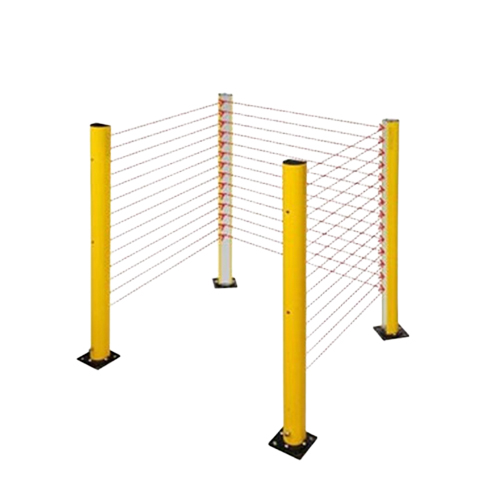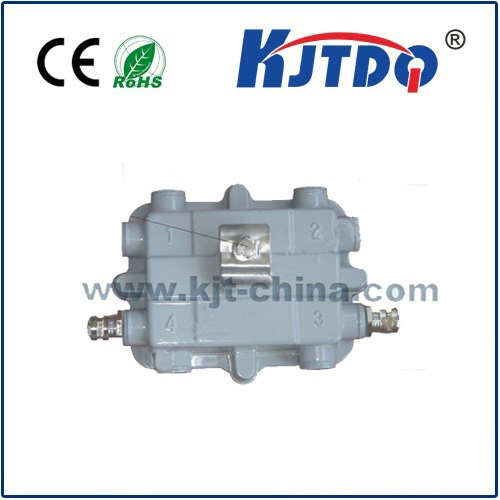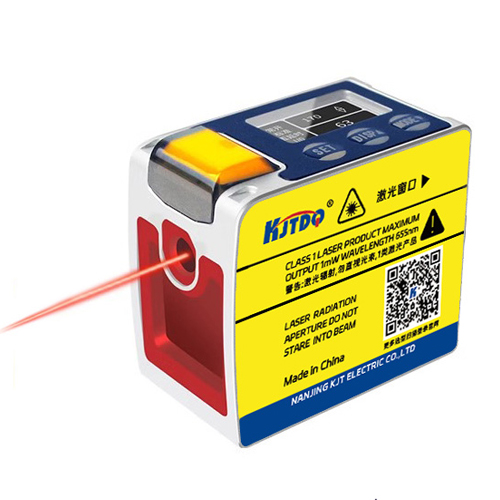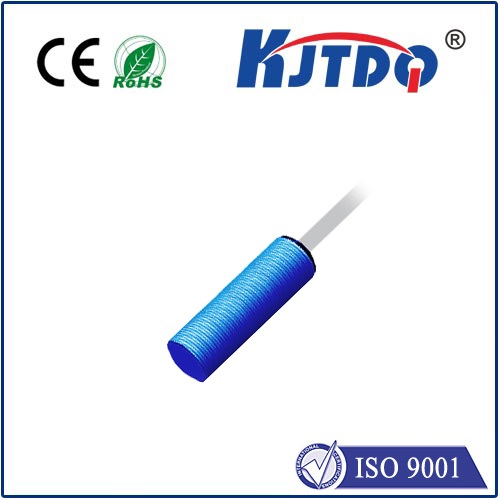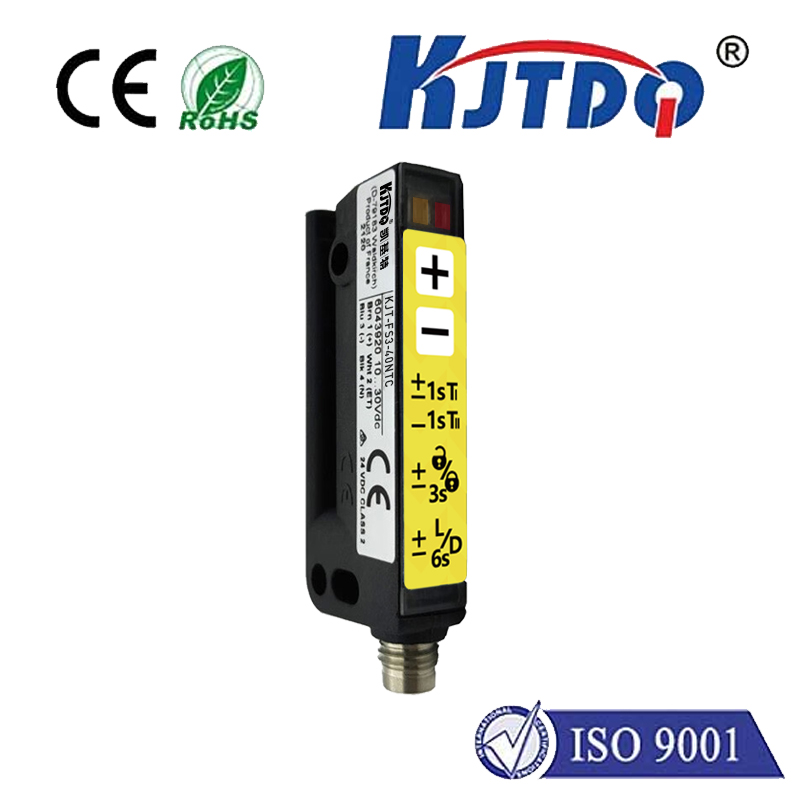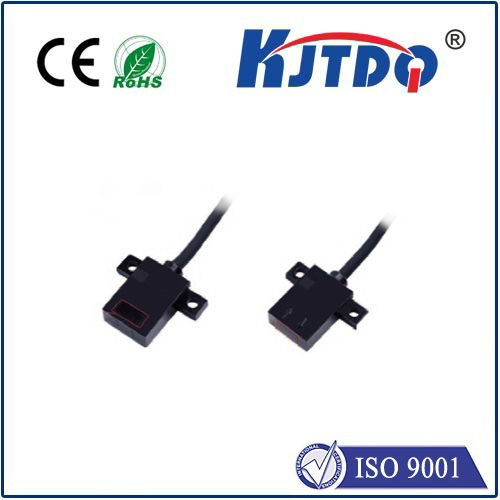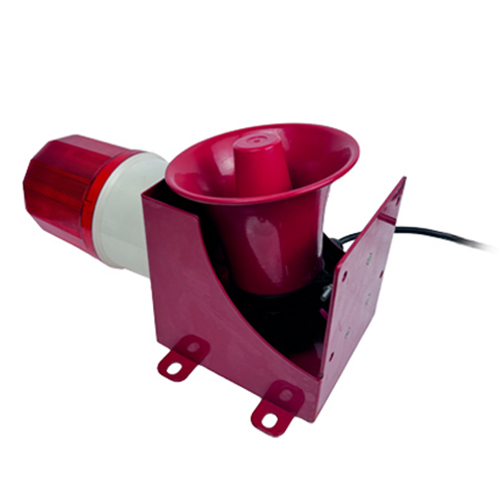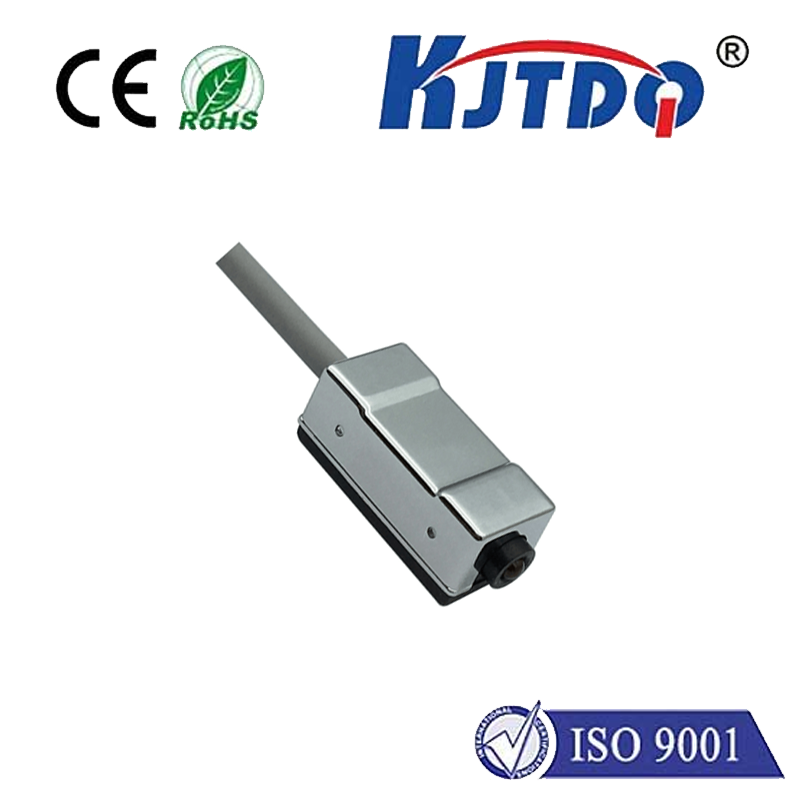

check

check

check

check
Precision Sensing in Compact Form: Exploring the E3ZM-R81-S1J 0.3M Miniature Photoelectric Sensors
Imagine a bustling factory floor where robotic arms move with lightning speed, assembling intricate electronics or sorting packages with pinpoint accuracy. In such high-stakes environments, every component must deliver flawless performance without an inch of wasted space. That’s where miniature photoelectric sensors like the E3ZM-R81-S1J come into play. Designed for detection distances up to 0.3 meters, this marvel of engineering embodies the push toward smarter, smaller automation solutions. As industries increasingly demand efficiency in confined areas, understanding how these compact sensors revolutionize everyday tasks becomes essential.
Photoelectric sensors have long been the backbone of automation, using light beams to detect objects’ presence, position, or distance. Unlike mechanical switches, they offer non-contact operation, reducing wear and tear while boosting reliability. But what sets miniature variants apart? Their ultra-compact size—often smaller than a matchbox—makes them ideal for applications where real estate is scarce. For instance, in modern robotics, cramped joints or conveyor belt systems require sensors that don’t add bulk. This is where models like the E3ZM-R81-S1J shine, with a detection range tailored to 0.3 meters (hence “0.3M”), ensuring accuracy without sacrificing space.

The E3ZM-R81-S1J isn’t just about small form; it packs remarkable features that elevate it above bulkier alternatives. Built for durability, it withstands harsh industrial conditions, including dust, vibration, and temperature fluctuations. Its high-precision detection capabilities stem from advanced optics that minimize false triggers, even in low-light scenarios. Another standout is the sensor’s energy efficiency, drawing minimal power while maintaining consistent performance. This makes it a cost-effective choice for operations aiming to cut downtime and maintenance costs. Naturally, the 0.3-meter range is a sweet spot for tasks like verifying tiny component placements on assembly lines or monitoring small item movements in packaging machines.
Where do such miniature photoelectric sensors find their niche? In industrial automation, they’re indispensable. Picture a pharmaceutical plant filling vials: the E3ZM-R81-S1J can detect minute deviations in bottle positioning with unparalleled accuracy, preventing spills and ensuring compliance. Similarly, in robotics, these sensors enable precise arm coordination, allowing for smoother, safer human-robot interactions. The compact design also extends to consumer electronics manufacturing, where space inside devices like smartphones or wearables is at a premium. Here, a sensor’s ability to fit into tight corners means manufacturers can integrate detection without redesigning entire assemblies. Broader applications span logistics, where they count items on fast-moving conveyors, and even agriculture, monitoring seed distributions in automated planters.
One key advantage of the E3ZM-R81-S1J is its versatility in setup and integration. Engineers praise its easy installation, with mounting options that adapt to diverse environments. Unlike larger photoelectric sensors, it requires minimal wiring, simplifying upgrades in existing systems. Additionally, its compatibility with programmable logic controllers (PLCs) allows for seamless data flow in IoT-driven factories. This reduces training time and boosts operational agility. When compared to traditional sensors, the miniature model’s lightweight construction doesn’t compromise on range or reliability, making it a go-to for modernizing older infrastructures.
Of course, no technology is without its considerations. For optimal use, factors like ambient light interference must be managed—though the E3ZM-R81-S1J’s advanced shielding mitigates this effectively. Its 0.3-meter detection limit suits close-range tasks best, so for longer distances, complementary sensors might be needed. Yet, its robust performance in confined spaces often outweighs such limitations. As industries push toward miniaturization, innovations like this sensor empower smarter factories. They represent a leap toward sustainability too, with reduced material use and energy demands aligning with green initiatives.
In essence, the E3ZM-R81-S1J miniature photoelectric sensor exemplifies how small-scale engineering drives big impacts. From enhancing precision in automotive assembly to enabling breakthroughs in medical devices, it cements its role in the next wave of industrial evolution. As automation trends lean toward agility and compactness, embracing such tools ensures businesses stay competitive and innovative.
